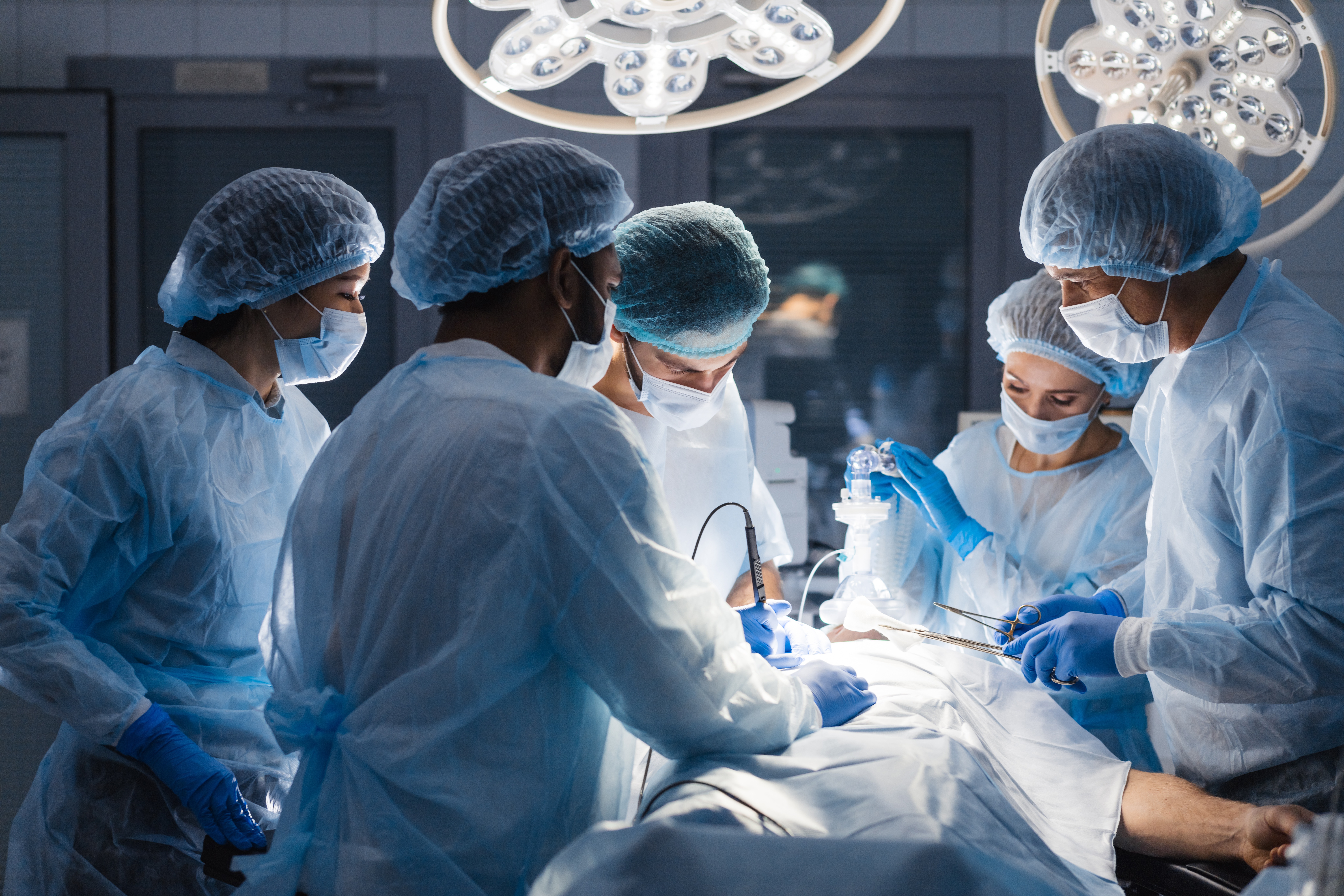
The cardiac and aortic surgery field has undergone a profound transformation in recent decades. Driven by innovation and the collaborative efforts of surgeons and researchers worldwide, this revolution has significantly improved patient outcomes. Surgeons have embraced new techniques, while technology has opened doors to possibilities once considered unattainable. The evolution of cardiac and aortic surgery highlights the resilience and creativity of those dedicated to saving lives.
Today, cardiac and aortic procedures are safer and more effective than ever. Surgeons continually refine their techniques to minimize risk and enhance recovery. Meanwhile, technology plays a vital role in streamlining complex procedures. These changes reflect a broader medical shift that prioritizes patient-centered care and values international cooperation. The ongoing cardiac and aortic surgery revolution underscores the power of shared knowledge and unwavering commitment to innovation.
Embracing Minimally Invasive Approaches
Minimally invasive surgery has emerged as a cornerstone of modern cardiac and aortic care. Instead of traditional open-heart surgery, many patients now benefit from procedures performed through small incisions. This approach reduces trauma to the body, leading to quicker recovery and fewer complications. Surgeons worldwide have adopted these techniques, ensuring patients can return to their daily lives with renewed vitality.
Furthermore, advancements in imaging technology have made these minimally invasive procedures even more precise. Surgeons use high-resolution images to guide their movements, enhancing their ability to repair or replace damaged tissues. This marriage of technology and surgical skills has redefined what is possible in the operating room. As more surgeons master these techniques, patients everywhere benefit from the rapid healing and minimal scarring that once seemed out of reach.
Harnessing Robotics and Precision Tools
Robotic-assisted surgery has also transformed cardiac and aortic procedures. This technology allows surgeons to operate with a level of precision that was previously unimaginable. By using robotic arms controlled from a console, surgeons can perform delicate tasks with enhanced dexterity and control. These tools enable them to navigate tight spaces and address complex conditions without compromising patient safety.
As robotic surgery becomes more widespread, hospitals across the globe are investing in these advanced systems. Patients now enjoy the benefits of shorter hospital stays and a reduced risk of infection. This progress is a testament to the collaborative spirit of surgeons and engineers who have pushed the boundaries of what technology can achieve. It also reflects a commitment to providing the best possible care, regardless of a patient’s location or background.
International Collaboration and Knowledge Exchange
The revolution in cardiac and aortic surgery would not be possible without international collaboration. Surgeons and researchers from different countries share their insights, driving collective progress. Conferences and global networks have facilitated the exchange of ideas, creating a dynamic environment for continuous improvement. This open dialogue ensures that breakthroughs reach patients worldwide, not just in select regions.
Collaboration also extends to training the next generation of surgeons. Many countries now offer exchange programs and fellowships that expose young professionals to diverse techniques and approaches. These programs foster curiosity and creativity, encouraging surgeons to think beyond traditional boundaries. By working together, the global medical community ensures that cardiac and aortic surgery innovation remains a shared pursuit.
Expanding the Role of Artificial Intelligence
Artificial intelligence (AI) has become a powerful tool in advancing cardiac and aortic care. AI algorithms analyze vast data, helping surgeons make real-time, informed decisions. From predicting complications to optimizing surgical plans, AI’s impact is undeniable. Surgeons can now leverage these insights to tailor treatments to each patient’s unique needs, leading to better outcomes and improved quality of life.
Integrating AI into surgical practice highlights the importance of data sharing across borders. Hospitals and research institutions are collaborating to build comprehensive databases that fuel these algorithms. As a result, AI’s potential constantly expands, offering new solutions to cardiac and aortic surgery challenges. This synergy between technology and medicine marks a new chapter in the global effort to save lives and improve patient care.
Future Directions and Ethical Considerations
As cardiac and aortic surgery evolves, the future holds tremendous promise. Emerging technologies such as 3D printing and advanced bioprosthetics are poised to reshape the field. These innovations enable surgeons to create custom solutions for patients, enhancing the effectiveness and durability of repairs. With each advancement, the global medical community grows more united in its mission to push the boundaries of what is possible.
However, the rapid pace of change also brings ethical considerations to the forefront. Surgeons and policymakers must work together to ensure these advancements are accessible to all patients, not just those in wealthier regions. Additionally, ongoing research and oversight are essential to maintaining the highest safety and quality standards. By addressing these challenges with compassion and foresight, the medical community can ensure that the cardiac and aortic surgery revolution remains inclusive and patient-centered.
The transformation of cardiac and aortic surgery reflects the unwavering dedication of medical professionals and researchers worldwide. Through minimally invasive techniques, robotics, international collaboration, and the power of artificial intelligence, patient outcomes have reached new heights. The journey does not end here—future breakthroughs promise to expand the horizons of cardiac and aortic care even further. This ongoing revolution is a testament to the spirit of innovation and the shared commitment to healing that unites the global medical community.